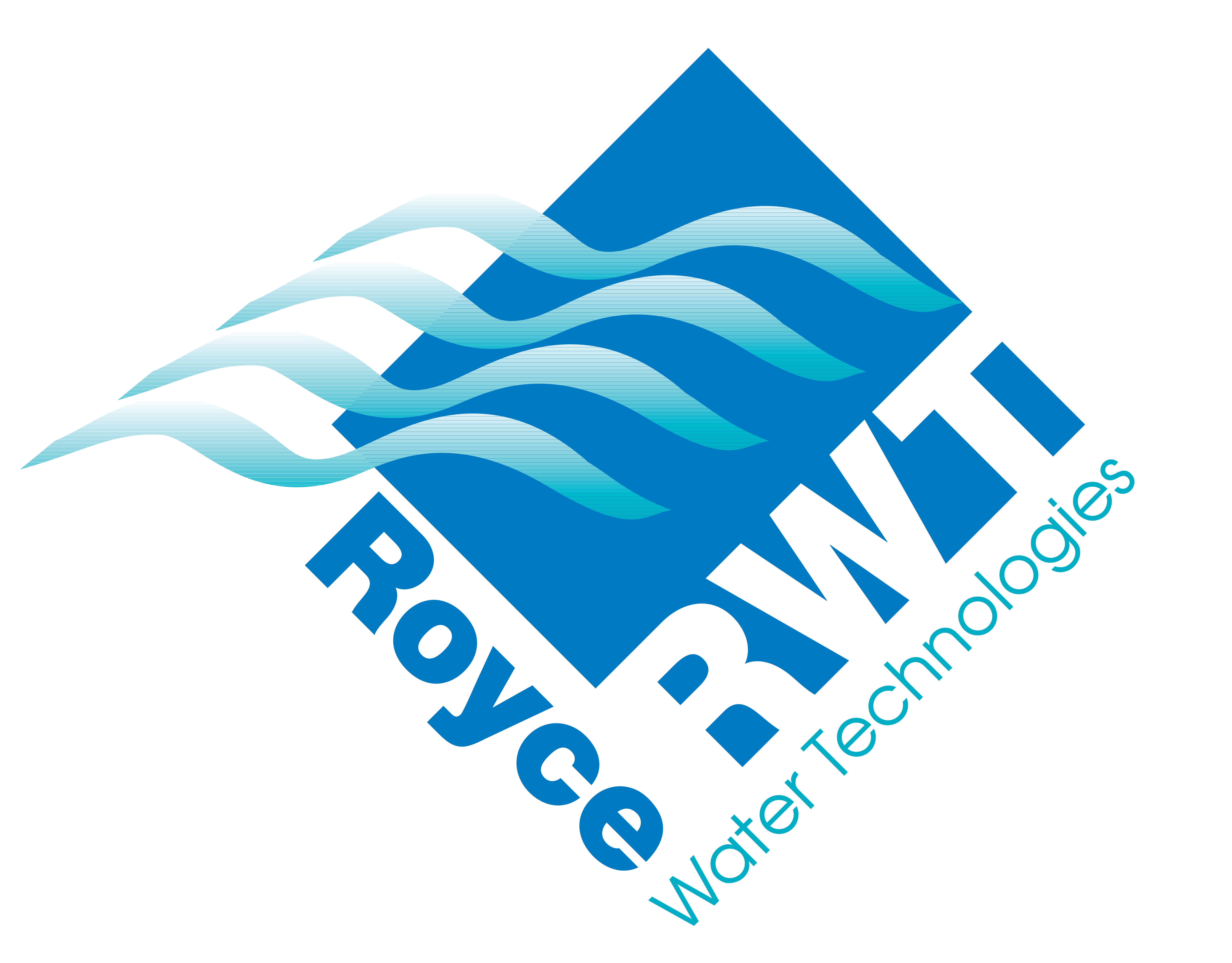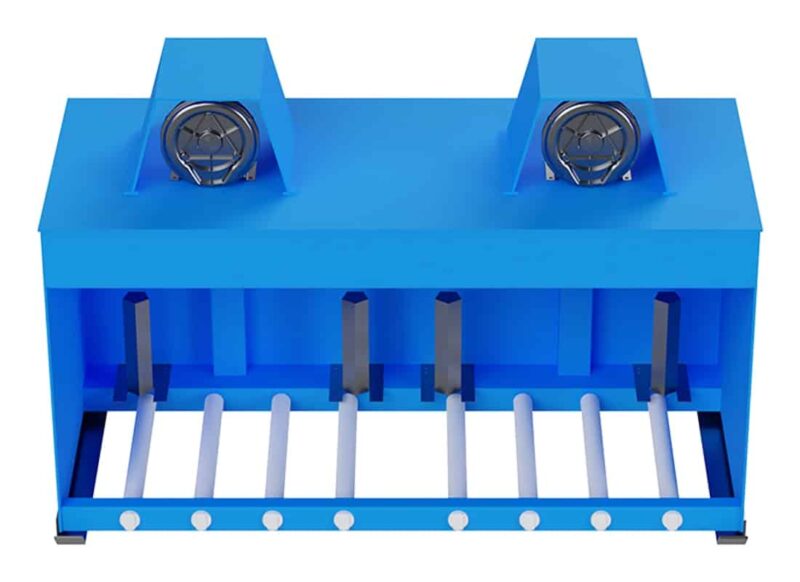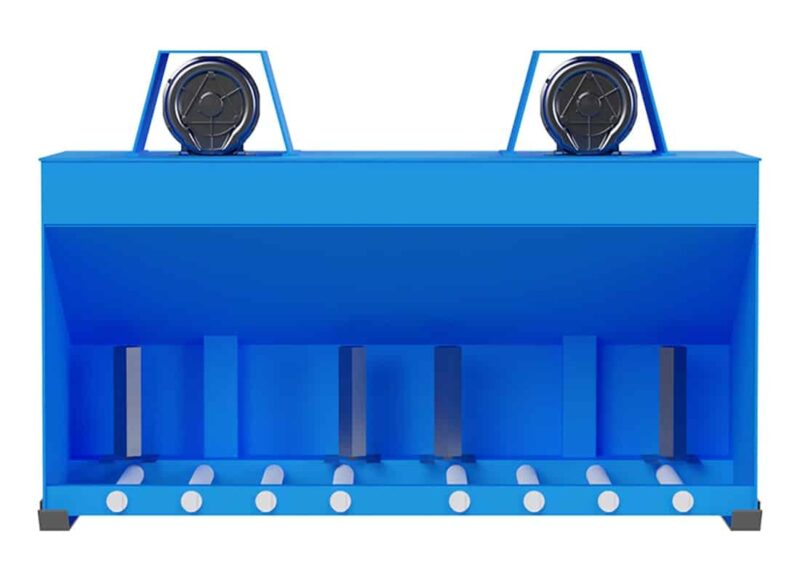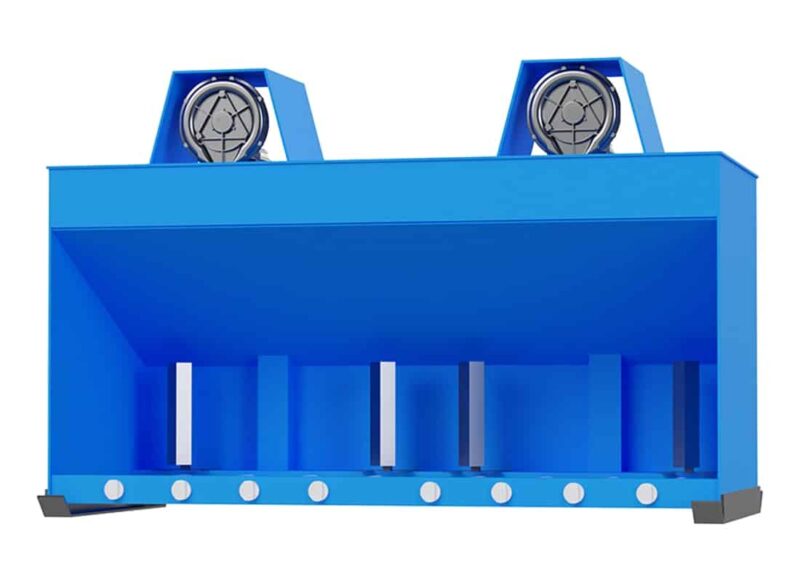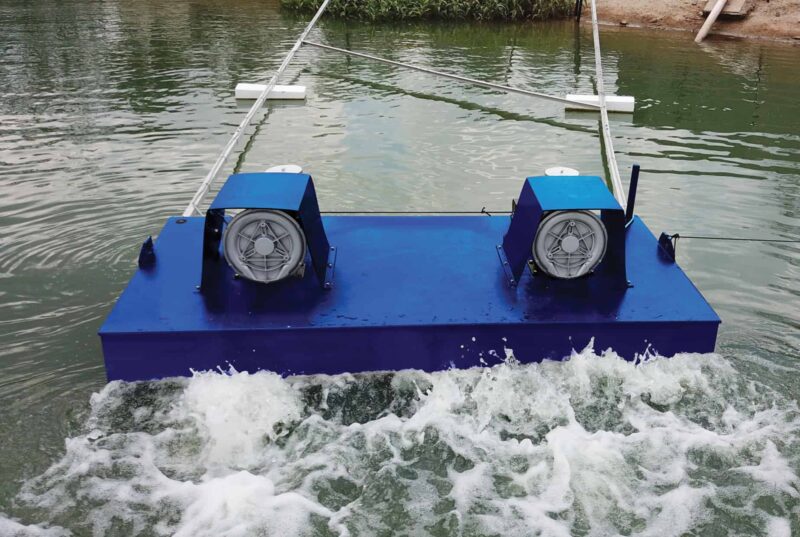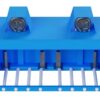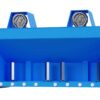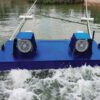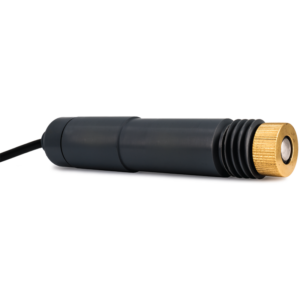A new aeration concept for wastewater lagoons and algae control
The use of wastewater treatment lagoons, or stabilisation ponds, is a common practice for rural municipalities and industrial facilities. Through the years there have been numerous designs for these ‘sludge settling basins,’ ranging from facultative, partial aerated, and fully aerated systems. But the primary reason for these systems is to utilise relatively shallow earthen ponds, or lagoons, for the purpose of sludge settling and stabilisation. Over the years, the technologies for these lagoons has changed little except to line them to protect groundwater from contamination and the addition of multi-celled lagoon systems for the purpose of adding mechanical oxidation for quicker treatment and effluent water polishing.
The other things that have changed are the encroachment of growing populations and plant expansions that often pose problems for both the lagoons and the populations around them. Noxious odours, which are caused by the insufficient digestion and buildup of the sludge on the bottom of aerated lagoons, become a primary problem. Space limitations become a major problem as populations grow, and new, or larger, cells are required in the lagoon system. The efficiency of these lagoons is dependent on a myriad of conditions that range from environmental to design limitations. Sludge reducing bacteria populations must constantly be assessed, sludge depth and water temperatures are usually in constant flux and aeration equipment and the energy to run them is expensive and causes ever increasing maintenance and maintenance costs.
Post the treatment lagoon, in the effluent holding ponds, blue green algae (BGA) is often a problem in warmer areas. The use of a Royce Lagoon Aerator in this pond can de-stratify the lagoon and make it difficult for the BGA to exist.
Features
- Only 3 kW at maximum energy used
- No propellers or shafts to foul
- No belts or gearboxes to break or require maintenance
- No corrosive metals in contact with the water
- Made from recycled HDPE
- The addition of up to 9.0kg / O2 / hr
Benefits
- Continuously moves the lagoon or pond water via vertical mixing, for complete destratification, algae bloom reduction, and natural sludge digestion
- Delivers more dissolved oxygen to the water per hour
- Lowers energy costs by up to 80%
- Practically maintenance-free for years
- Eliminates trapped nitrogen and ammonia gases, and improves BOD/COD counts
Advantages over other Lagoon Aeration systems
- Less energy usage on an annual basis – per area covered.
- Over 37,000 cubic meters of water movement in a 24 hour period.
- Guarantees continual water turnover and de-stratification throughout the lagoon – mixes algae and eliminates blue-green algae stratification.
- Moves ALL the lagoon’s sludge in a slow, non-violent manner – allowing for sludge turnover for continual degradation by the indigenous bacteria.
- No annual motor maintenance – oil changes, belt changes, etc. The only maintenance on a Lagoon Aerator is to clean or replace two inexpensive filters annually.
- No metal parts to corrode in water
- No moving parts in water
- If used in a fish grow-out or recreation lake, the fish in the pond face less stress, more grazing space throughout the pond, more evenly distributed dissolved oxygen, and a constant flow into which to swim.
The Lagoon Aeration Process
In the more advanced waste lagoon systems there is an aeration process that is supposed to:
- Provide oxygen to aerobic bacteria that convert and oxidise the organic material in the wastewater.
- Provide mixing in order to distribute dissolved oxygen and bring aerobic organisms into contact with organic sludge.
- Provide enough mixing to allow solids to become suspended for quicker digestion and oxidation by the aerobic bacteria. If this does not take place, solids will build up on the bottom, eventually requiring the very expensive process of sludge removal from the lagoon bottom.
Over the years the methods of aerating these lagoons has changed little. The primary aeration techniques used for earthen waste lagoons are:
- Hose bubbler systems that utilise large, housed, industrial blowers
- Diffused air grids that also utilise large industrial blowers
- Low horsepower spray aerators
- Paddle-wheel, or brush, aerators
- Large circular surface mixers
- Floating air induction aerators
- Solar powered mixers
There are other less-used technologies found in waste lagoons for the purpose of providing dissolved oxygen and mixing, but these are so seldom used that they will not be addressed here.
The primary positives and negatives of the above listed aeration technologies are:
- Hose bubbler systems are very common in lagoon aeration because of their relatively low initial cost, and initially they seem to work fine. But, the blowers required to drive these systems are very expensive to operate and maintain; the hoses themselves require occasional replacement for optimum efficiency, and finally, but most importantly, their inefficiency in mixing and getting dissolved oxygen into the sludge, especially in older lagoons, allow for sludge buildup and the eventual cost of sludge removal.
- Diffused air grids are used in an effort to make the waste lagoon work like the extended aeration process commonly used in urban municipal wastewater systems. These are expensive installations, especially when manmade liners are utilised. The blowers are very expensive to operate and maintain, and finally, the diffusers used cannot be located as efficiently as extended aeration designs because of their cost and expense of sludge removal when sludge depths rise above the diffuser heads.
- Spray aerators are inexpensive to install and do not use much energy, but their efficiency in providing mixing and dissolved oxygen to the sludge is minimal.
- Paddlewheel, or brush aerators, are simple and inexpensive to install, but they are quite expensive to operate and their continual maintenance requirements are costly. These aerators do move water, so they will mix bottom sludge, but their cost of operation is always their major drawback.
- Large surface mixers, or aerators, were initially introduced in extended aeration plants in the first half of the 20th century, and are primarily used in large industrial waste lagoon systems. They are very expensive to acquire, and take large amounts of energy to run. But these aerators, if properly designed, do mix the bottom sludge and will allow dissolved oxygen to provide the oxidation of suspended solids that is required to reduce solids buildup on the lagoon bottom.
- Floating air induction aerators do move water well and they do add dissolved oxygen somewhat efficiently, but they are restricted to deeper and lined lagoons. They also possess an inefficient water moving capability so many are required for even small lagoons.
- Solar powered mixers are the newest entry to the lagoon aeration market. But, due to the very low amount of energy available, via solar panels, effective mixing, especially in older lagoons, is deficient. They are very costly and soon require as much maintenance as other devices mentioned above. Ragging of the impellor is a frequent problem.
A New & Better Lagoon Aerator
The idea of ‘blended aeration’ was conceived in 2004 in order to improve the aeration and growth conditions of fish being raised in earthen ponds. The idea of the blended aerator was to allow the fish to return to its genetically coded preference of living in moving water. Moving water provides the organisms that live there with:
- A flow that usually cleans the bottom of noxious sediments.
- The ability of the fish to get to the bottom to scavenge for food.
- A relatively constant level of dissolved oxygen throughout the water column.
- And, recent studies have identified that a fish that swims into a current experiences a more efficient food conversion ratio.
One concept that must be recognised in attempting to understand the blended aerator is that water is a heavy natural material. Once a measure of water begins to move, it is very hard to stop and will take a long time to do so on its own. During the process of moving, the water will naturally fall to the lowest level it can reach, normally moving anything lighter than itself in the process – like sludge.
The Royce Lagoon Aerator is a second generation of the aerator used for the fish farming industry. Due to the corrosive nature of many wastewaters there are no metals used in the construction. Some use a metal frame or submersible components. The Royce Lagoon Aerator is made from ridged and durable recycled HDPE without any submerged metal components. One Royce Lagoon Aerator effectively recycles 4,500 2L milk bottles or 34,450 plastic shopping bags.
The Royce Lagoon Aerator uses one 1.5kW regenerative blower to move over 37,000 cubic metres of water through itself in a 24 hour period. Once that surface water begins to move it will fall to the bottom, on a continual basis, bringing the bottom sediments, or sludge, into the water column where the nutrients will oxidise and aerobic organisms will thrive. A second 1.5kW regenerative blower feeds into industrial grade fine bubble diffusers for the addition of dissolved oxygen, and this blower can be automatically controlled to turn on only when DO is required.
This aerator design can be customised for your lagoon system and manufactured in Brisbane, QLD.
